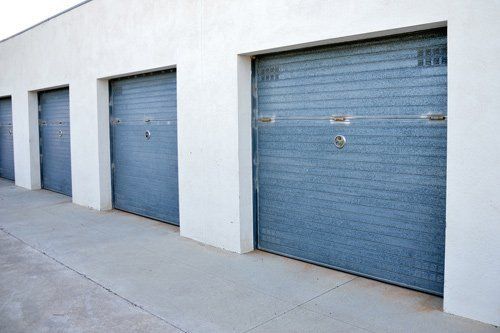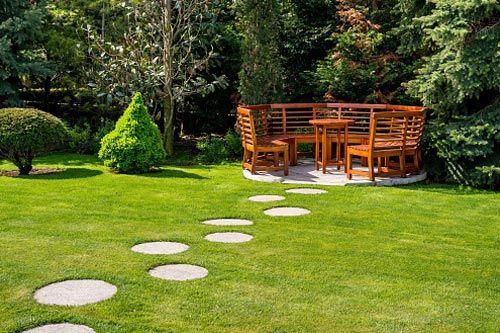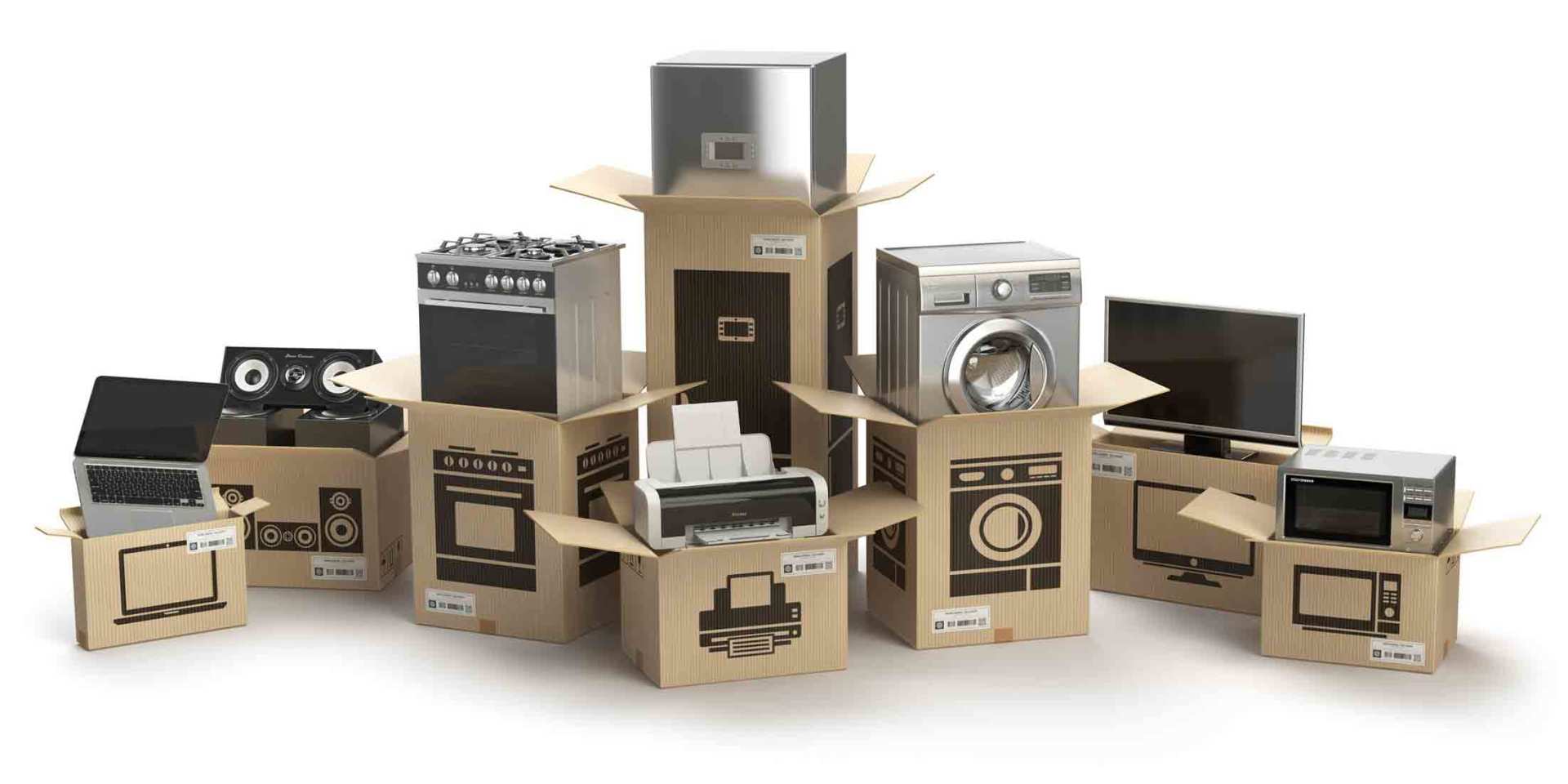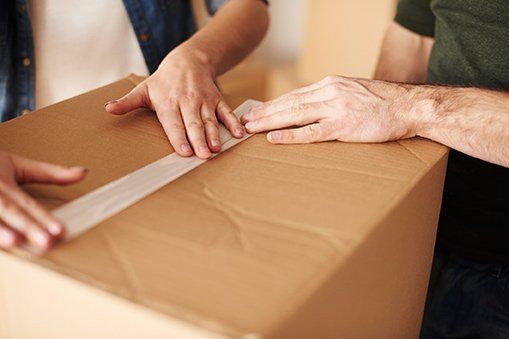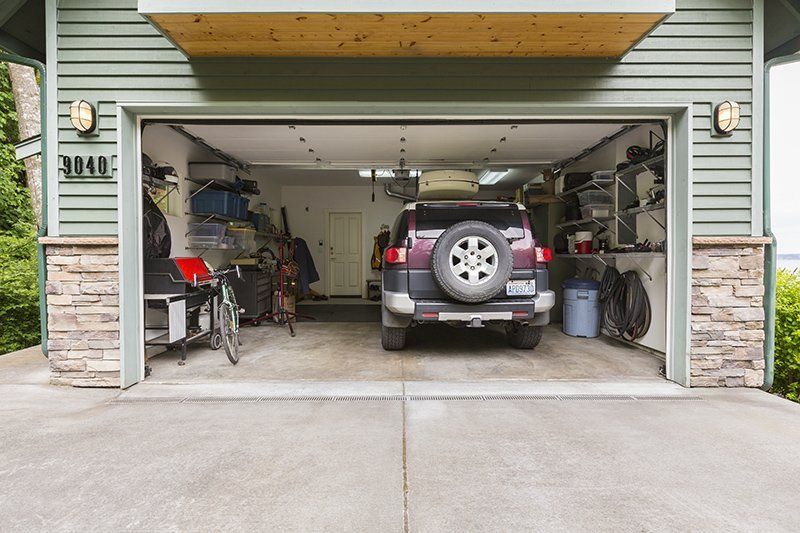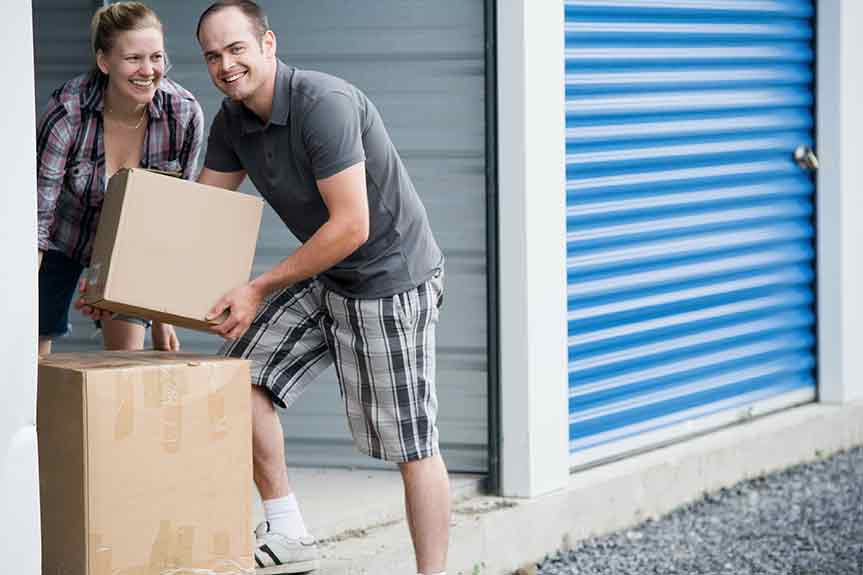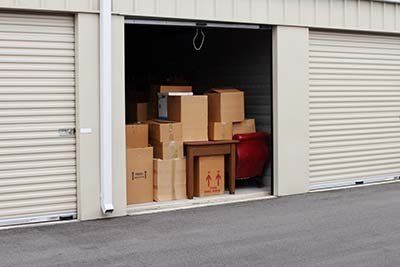6 LIFTING AND STACKING TIPS FOR SELF-STORAGE
April 9, 2018
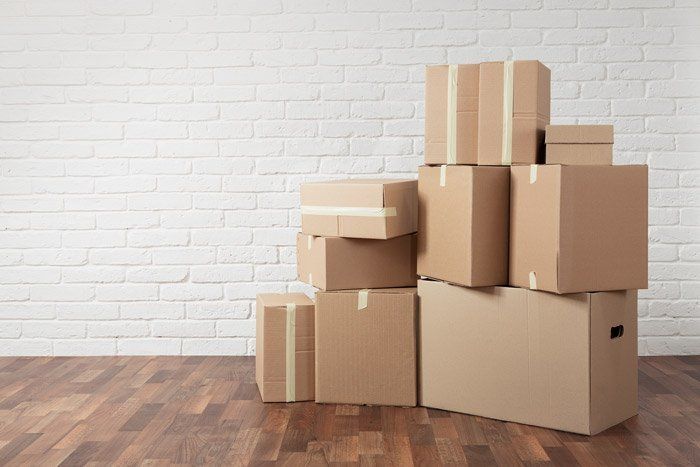
Doing certain tasks by yourself can save you time and money. Many DIY individuals find that using a secure self-storage facility
offers them flexibility, peace of mind, and a wide range of options for managing their belongings, as well as added time and funds.
However, whenever you DIY anything, from construction to cooking, you should ensure that you know how best to approach the task at hand. When it comes to self-storage, many homeowners inadvertently sustain injuries or cause property damage due to incorrectly lifting or stacking their boxes.
In this blog, we list six lifting and stacking basics to help you confidently fill, navigate, and empty your storage unit, whatever its contents.
1. CREATE STURDY BASES FOR EVERY STACK
Many individuals become so concerned with whether or not their stacks of boxes will topple over that they forget to consider the sturdiness of the lowest level. Never place boxes on anything collapsible, like a card table.
While you can stack boxes directly on the floor, consider laying down a tarp or putting boxes on wooden pallets to reduce the risk of water damage and make the containers easier to lift next time.
2. GROUP LIKE-SIZED BOXES TOGETHER
When you collect containers for storage, look for boxes in only a few sizes. Usually, one or two box sizes will work for residential purposes. These consistent sizes help keep your stacks more stable even when they become tall.
When you actually put your boxes into the unit, group the same sized boxes together.
3. HOLD BOXES CLOSE TO YOUR CORE
As you move boxes, you may feel tempted to reach out with the container in your hands to speed up the process of putting it down. However, you should always carry heavy objects close to your core. When possible, keep the box close even as you set it down.
Extending your arms too far can strain your arms or back, leading to injuries that might impair your ability to continue moving items.
4. LAY YOUR BOXES LIKE BRICKS INSTEAD OF COLUMNS
Your instinct may be to set your boxes one right on top of each other. However, creating a wall pattern rather than a column distributes container weight more evenly. These stacks are less likely to fall or result in caved-in boxes.
To start this type of pile, lay several boxes end-to-end on the floor or on a wooden pallet. Then stagger the placement of the next layer of boxes to create a pattern that looks like brickwork. In this situation, it may be appropriate to stack two sizes of boxes to reduce the empty space left at the ends of the wall.
5. PLACE HEAVIEST BOXES ON THE BOTTOM
As you pack your boxes for storage, you should always indicate which ones weigh the most. You may also want to put secondary weight markers to help you decide which order to stay boxes in. For example, you could label boxes "heavy," "medium," and "light."
Always place heavy boxes at the bottom of the pile to give the stack more stability and reduce accidents when you have to access items later.
6. POWER EVERY LIFT WITH YOUR KNEES
Whether you're lifting a heavy or light box, always crouch down, grasp the box firmly, and then stand back up using your knees to power the motion. Do not stoop down through your back to pick up boxes even if you know you can handle the weight, as this motion can lead to serious back injuries.
Use the guidelines listed above to protect yourself and any helpers you use on storage unit trips to ensure that the people and possessions involved all stay safe.
Need to rent your storage unit? Find a secure unit in the size you're looking for at Oakdale Self Storage.


